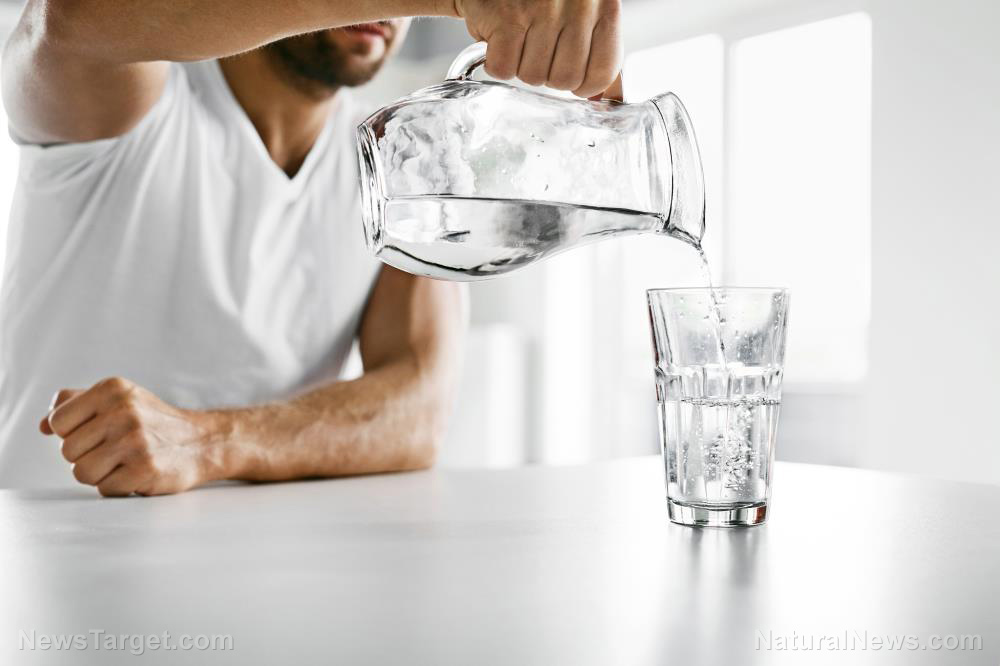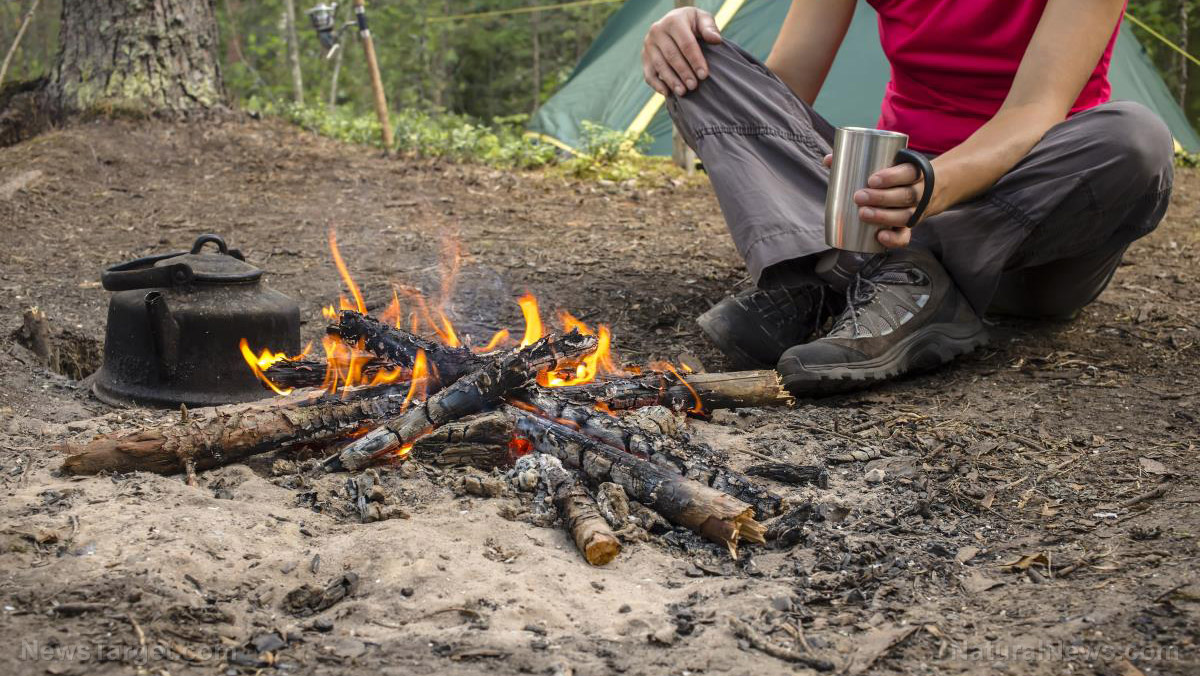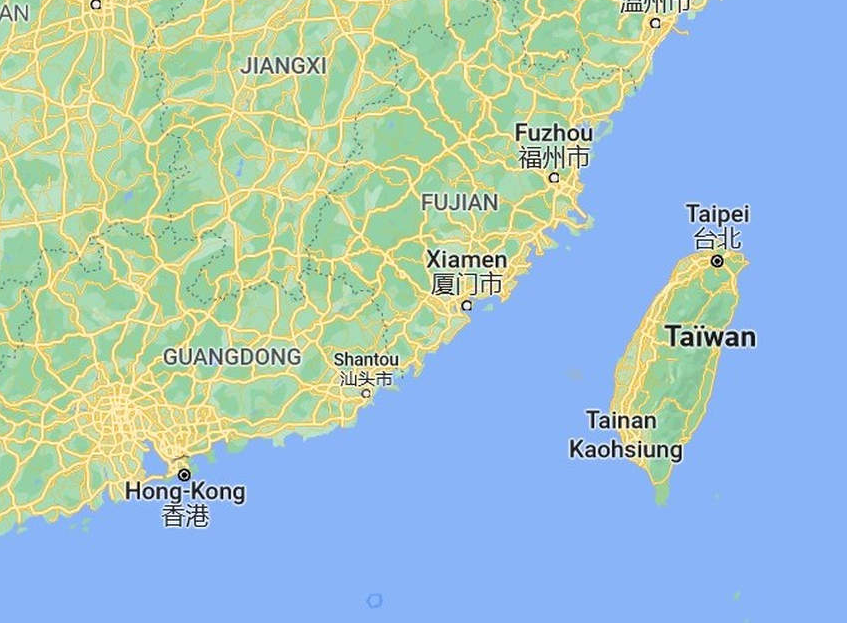
Estimating water needs
The Centers for Disease Control and Prevention recommends storing at least three gallons of water per person for drinking and sanitation. Ideally, you should store a two-week supply, but you can opt for a week's worth of emergency water if you're constrained by limited space or whatnot. On top of this, you should also store extra water supplies for cleaning and cooking. Take a look at the following:- Cooking – Store one quart a day per person. This is assuming that you're only cooking recipes that include water as part of the dish, such as soups and stews.
- Washing dishes – Store three gallons per week. This is assuming that you do dishes by hand thrice a day.
- Laundry – Store six gallons per week. This is assuming that you wash dirty clothes by hand once a week.
- General clean-up – Store half a gallon per day.
Estimating the duration of SHTF
Power outages pose the biggest and most realistic threat to local water supplies. On average, a community experiencing a blackout due to a natural disaster is without electricity for as much as two to five days. In extreme cases, a power outage can last for weeks or even months. In a prolonged disaster scenario, your best bet is to obtain water from nearby sources, such as ponds and rivers. There are several ways to purify water to make it safe for drinking. Incorporate water purification into your survival plan to be prepared for long-term SHTF scenarios. (Related: Survival essentials: Tips for long-term water storage.)Water storage tips to keep in mind
Securing enough water supplies for your family is just one aspect of emergency water storage. Here are a few more reminders when storing water at home:- Purify before storing. If you're siphoning water off natural sources, make sure to purify the water before drinking.
- Use food-grade containers. Some water bottles shed chemicals when used for a long time, which can contaminate the water inside. Invest in containers that are approved by regulators and contact manufacturers if you're not certain if a product is food-grade.
- Secure storage space. A week's worth of emergency water supply takes a lot of space, so you need to be creative when it comes to water storage.
- Test water quality. Purchase a testing kit so you can test the water quality before storing and when you're about to drink your supply.
- Find a way to transport your water. Water stored in big containers will require heavy lifting, especially when stored in the basement.
- Store grey water safely. Grey water is used water from your bathroom sink, shower, bathtub and washing machine. It has not come into contact with human waste and can be used to flush the toilet, among other things.
Supply shortages drive inflation to record levels
By Franz Walker // Share
Food supply 101: How to grow edible mushrooms in your basement
By Virgilio Marin // Share
Survival essentials: 10 Items to buy at garage sales
By Zoey Sky // Share
Prepping essentials: How to store 100 gallons of water for your emergency stockpile
By Zoey Sky // Share
How to safely hook up a portable generator to your home
By Arsenio Toledo // Share
Firestarting tips: 5 Types of campfires and how to build them
By Zoey Sky // Share
Trump announces $1,776 "Warrior Dividend" for military ahead of holiday season
By bellecarter // Share
U.S. approves $11 billion arms package for Taiwan, escalating tensions with China
By bellecarter // Share
Fired educators vow to fight on after Supreme Court rejects vaccine mandate case
By isabelle // Share











